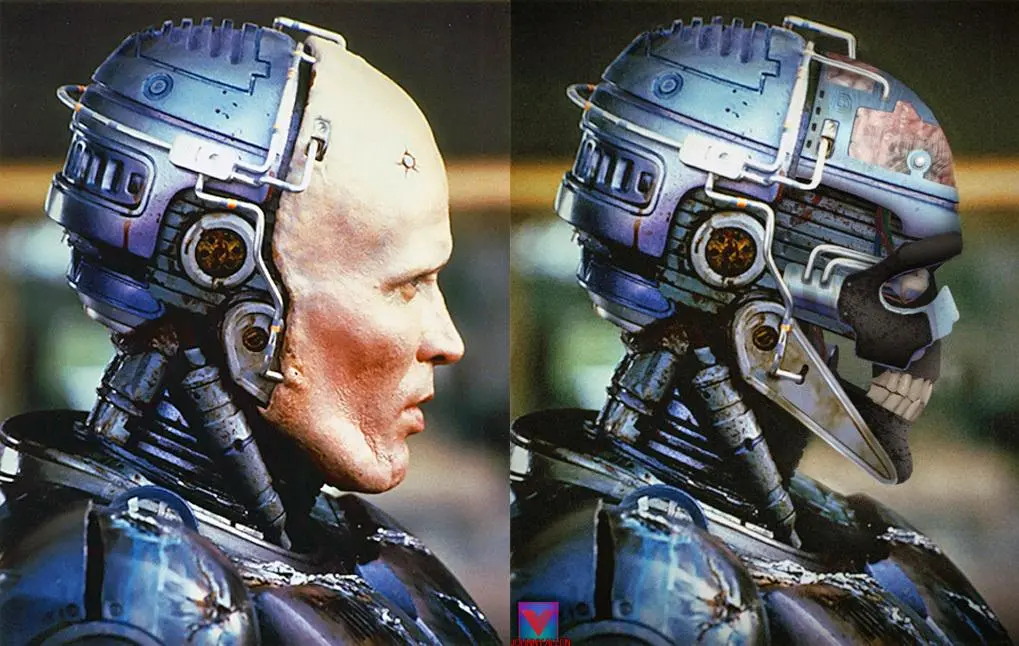The Evolution of Frequency Conversion Control Methods: A Comprehensive Review
Introduction
Frequency conversion, a crucial technology in power generation and transmission, has undergone significant advancements over the years. The pursuit of higher efficiency, better performance, and increased reliability has led to the development of various control methods, each with its unique strengths and limitations. In this blog post, we will delve into the history and evolution of frequency conversion control methods, from the early days of modulation control to the latest advancements in direct torque control.
Modulation Control (1950s-1980s)
The first generation of frequency conversion control methods was based on modulation control, which involved varying the output voltage and frequency to achieve the desired output. This method was simple, cost-effective, and widely used in many industries. However, it was found to be limited in its ability to regulate speed and torque, particularly at lower frequencies. Additionally, the mechanical characteristics of the motor were not well-suited for varied speed applications.
Vector Control (1980s-1990s)
In the 1980s, the vector control method was introduced, which used a more advanced approach to control the motor’s torque and speed. This method involved converting the stator currents into a rotating frame of reference, allowing for better control of the motor’s electromagnetic characteristics. While this method improved performance, it was still limited by the need for precise estimation of the motor’s parameters and the complexity of the control algorithm.
Space Vector Pulse Width Modulation (SVPWM) (1990s-present)
In the 1990s, SVPWM control became widely used due to its ability to achieve smooth and fast speed regulation. This method used a combination of pulse-width modulation and frequency modulation to control the motor’s torque and speed. While SVPWM improved performance, it was still limited by the need for precise estimation of the motor’s parameters and the complexity of the control algorithm.
Direct Torque Control (DTC) (1990s-present)
In the 1990s, the DTC method was introduced, which directly controlled the motor’s torque and speed without the need for complex calculations or precise estimation of the motor’s parameters. This method used a simple and intuitive control strategy, making it suitable for high-power applications. The DTC method has been widely adopted for high-power applications, including electric locomotives.
Vector Control with Direct Torque Control (VDTC) (2000s-present)
In the 2000s, the VDTC method was developed, which combined the benefits of vector control and DTC. This method used a combination of vector control and DTC to achieve fast and smooth speed regulation, while also allowing for high torque accuracy. The VDTC method has been widely adopted for high-power applications.
Matrix Converter Control (MCC) (2010s-present)
In the 2010s, the MCC method was introduced, which used a matrix converter to eliminate the need for tuning and to improve the power factor, harmonic currents, and regenerative braking. This method is still in the development stage, but it has shown promising results in high-power applications.
Conclusion
In conclusion, the evolution of frequency conversion control methods has been marked by a series of innovations, each building upon the successes and limitations of the previous generation. From the early days of modulation control to the latest advancements in DTC and MCC, each method has aimed to improve the performance, efficiency, and reliability of frequency conversion. As we look to the future, it is clear that the pursuit of innovative solutions will continue to drive progress in this field.
About the Author:
Our team of experts in the field of frequency conversion and control methods is dedicated to providing in-depth analysis and insights into the latest developments in this field. With a passion for innovation and a commitment to excellence, we strive to educate and inform the next generation of engineers and researchers.



















